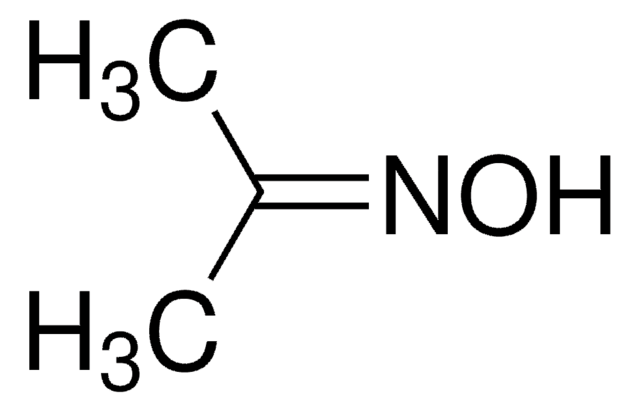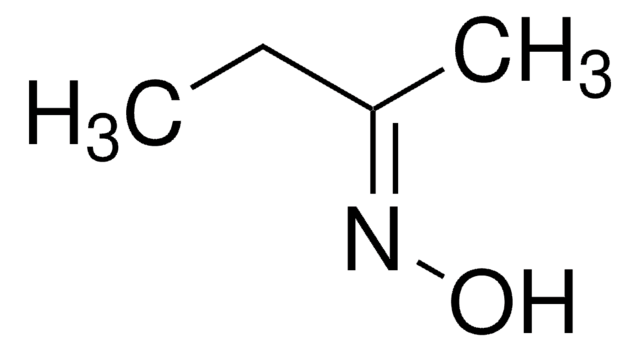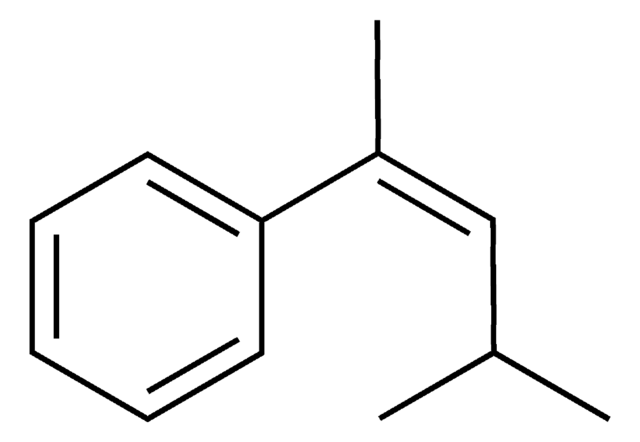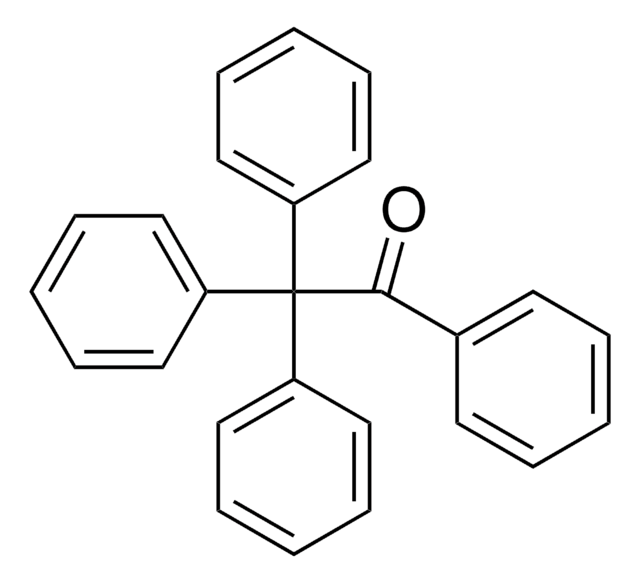All Photos(2)
About This Item
Linear Formula:
(CH3)2C=NOH
CAS Number:
Molecular Weight:
73.09
Beilstein:
1560146
EC Number:
MDL number:
UNSPSC Code:
12352100
PubChem Substance ID:
Recommended Products
grade
reagent grade
product line
Vetec™
Assay
98%
bp
135 °C (lit.)
mp
60-63 °C (lit.)
density
0.901 g/mL at 25 °C (lit.)
SMILES string
C\C(C)=N/O
InChI
1S/C3H7NO/c1-3(2)4-5/h5H,1-2H3
InChI key
PXAJQJMDEXJWFB-UHFFFAOYSA-N
Looking for similar products? Visit Product Comparison Guide
Legal Information
Vetec is a trademark of Merck KGaA, Darmstadt, Germany
Signal Word
Danger
Hazard Statements
Precautionary Statements
Hazard Classifications
Acute Tox. 4 Dermal - Carc. 2 - Eye Dam. 1 - Flam. Sol. 2 - Skin Sens. 1B
Storage Class Code
4.1B - Flammable solid hazardous materials
WGK
WGK 3
Flash Point(F)
Not applicable
Flash Point(C)
Not applicable
Choose from one of the most recent versions:
Already Own This Product?
Find documentation for the products that you have recently purchased in the Document Library.
R S Sodum et al.
Chemical research in toxicology, 10(12), 1420-1426 (1998-01-23)
Previously, the secondary nitroalkane 2-nitropropane, a strong hepatocarcinogen in rats, had been shown to induce the formation of 8-aminoguanine in both DNA and RNA of rat liver through a sulfotransferase-mediated pathway. This pathway was postulated to convert the carcinogen into
P Kreis et al.
Carcinogenesis, 21(2), 295-299 (2000-02-05)
The industrial solvent 2-nitropropane (2-NP) is a genotoxic hepatocarcinogen in rats. The genotoxicity of the compound in rats has been attributed to sulfotransferase-mediated formation of DNA-reactive nitrenium ions from the anionic form of 2-NP, propane 2-nitronate (P2N). Whether human sulfotransferases
S S Mirvish et al.
Journal of the National Cancer Institute, 69(4), 961-962 (1982-10-01)
Acetoxime was tested for carcinogenicity by chronic administration in the drinking water to male and female outbred MRC-Wistar rats. The dose of 1.0 g/liter was administered 5 days/week for 18 months (total dose, 6.2--7.0 g/rat). The test compound induced benign
M Rysková et al.
Folia biologica, 43(1), 19-24 (1997-01-01)
The genotoxic effects of N-nitroso-N-methylurea (MNU) and acetone oxime (ACOX) were tested in the Somatic Mutation and Recombination Test (SMART) in Drosophila melanogaster. We have performed the same assay on transgenic flies expressing the human gene encoding a glutathione S-transferase
J Torreilles et al.
Biochimie, 65(4-5), 295-298 (1983-04-01)
Preparation of adducts from nicotinamide adenine dinucleotide and a number of oximes is described; these include acetoxime, pyruvatoxime, cyclohexanoxime, cyclopentanoxime. These adducts are closely related to the corresponding NAD-ketone adducts in their spectra properties, but they are stable in acid
Our team of scientists has experience in all areas of research including Life Science, Material Science, Chemical Synthesis, Chromatography, Analytical and many others.
Contact Technical Service










